Powerful tricks from computer science and cybernetics show how evolution ‘hacked’ its way to intelligence from the bottom up by Michael Levin & Rafael Yuste + BIO.


The research could one day lead to effective touch-typing on a touchscreen with no physical buttons.
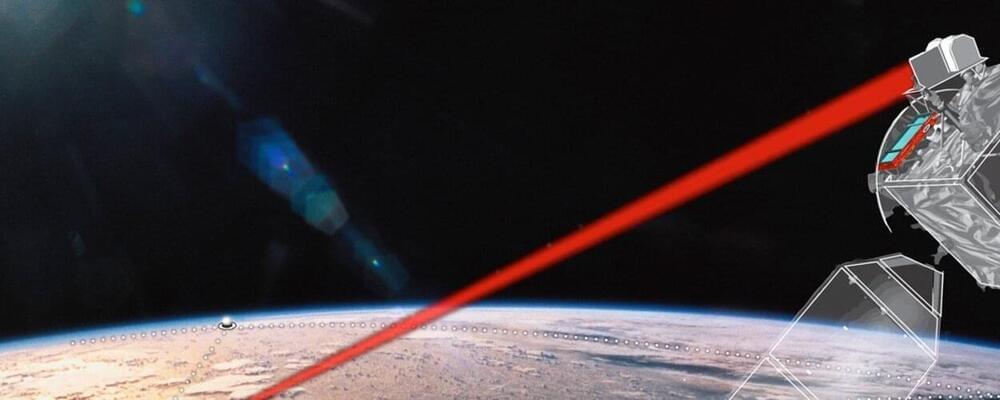
The Space Development Agency awarded BridgeComm and Space Micro a $1.7 million contract to demonstrate point-to-multipoint communications.
WASHINGTON — Each of the satellites in the Pentagon’s planned mesh network of communications satellites could have as many as many as four laser links so they can talk to other satellites, airplanes, ships and ground stations.
Optical inter-satellite links are critical to the success of the Space Development Agency’s low Earth orbit constellation — known as Transport Layer — that will be used to route data traffic. Lasers provide much higher transmission data rates than traditional radio-frequency communications but are also far more expensive.
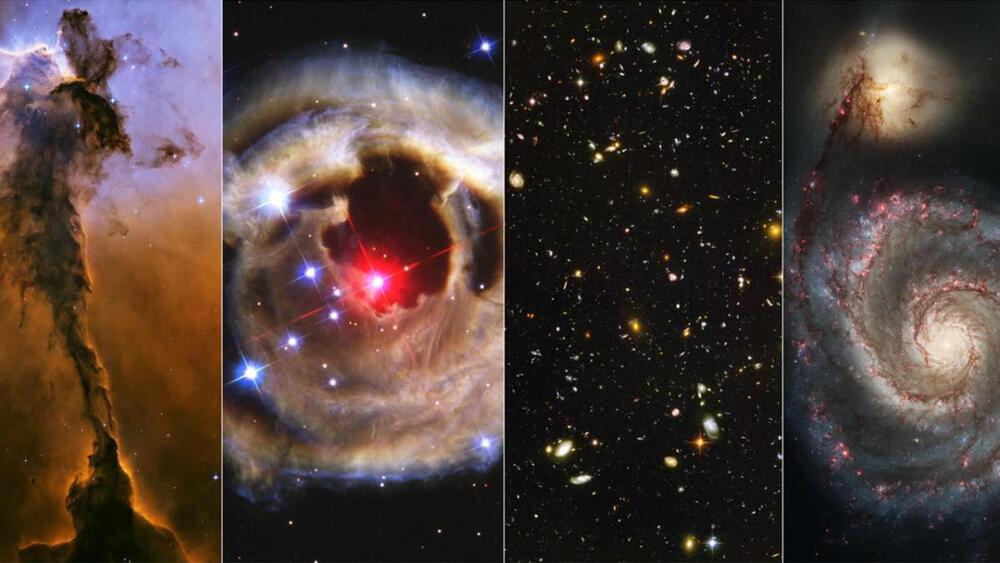
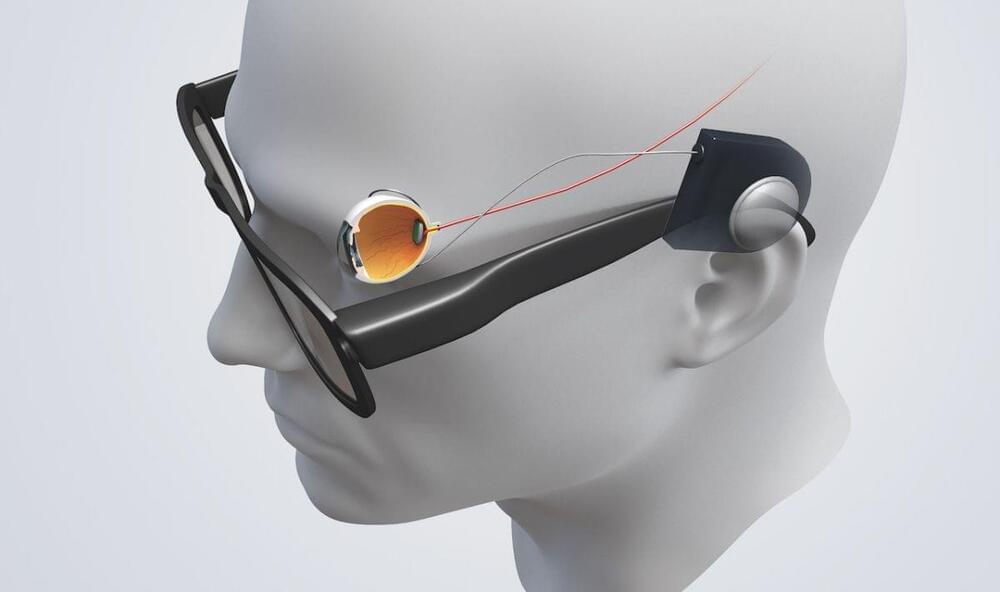
This technology has to translate images into something the human brain can understand. Click the numbers in the interactive image below to find read about how this works.
There are a whole range of conditions, some which are picked up due to the aging process and others which may be inherited, that can cause sight deterioration.
Bionic eyes work by ‘filling in the blanks’ between what the retina perceives and how it is processed in the brain’s visual cortex, that breakdown occurs in conditions which impact the retina. It is largely these conditions which bionic eyes could help treat.

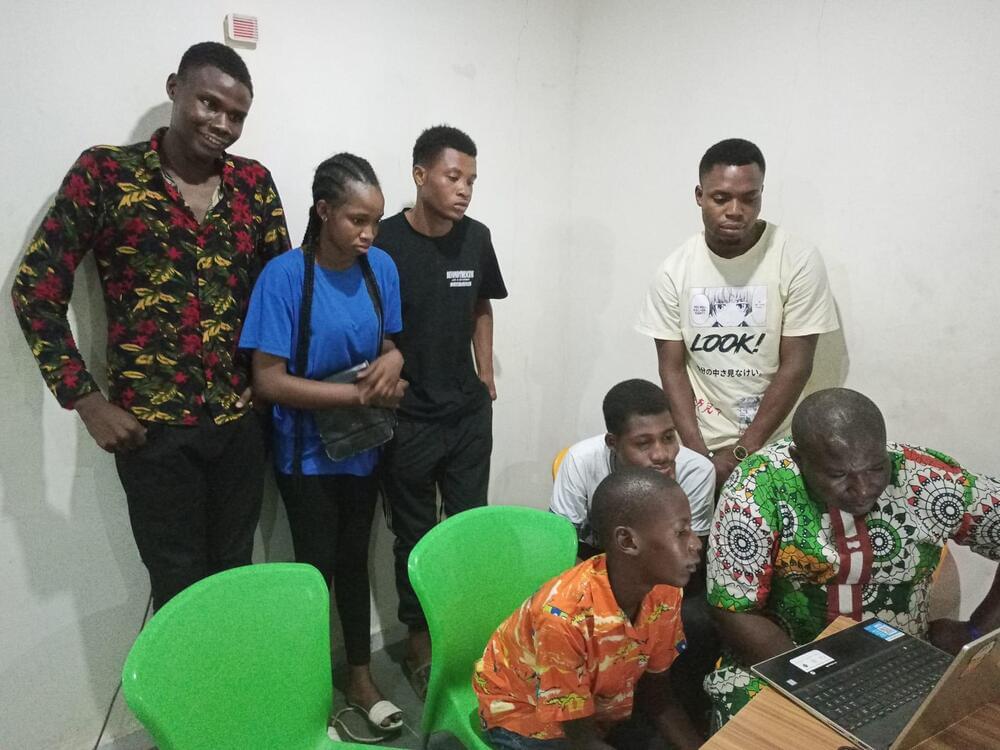
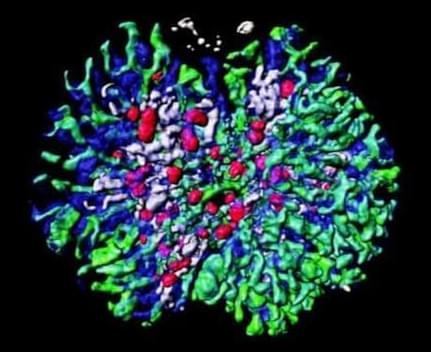
The team noted that although other studies have been able to create nephrons and ureteric ducts from stem cells, these didn’t fully function as they would in real kidneys due to the absence of stromal cells, which are crucial for cell signaling. The team took embryonic stem cells from mice and induced these to differentiate into kidney-specific stromal cells, using a cocktail of chemicals meant to mimic those that would occur in vivo.
When they combined the stromal cells with nephron and ureteric bud cells (which they also created from stem cells), the result was a “kidney-like 3D tissue, consisting of extensively branched tubules and several other kidney-specific structures.”
According to the researchers, this is the most complex kidney structure that’s been generated from scratch in a lab. Though this study was done in mice, the team noted that it has already created the first two kidney components—nephron progenitors and ureteric buds—from human induced pluripotent stem cells (iPSCs). If they’re able to also create stromal cells from iPSCs, they said, “a similarly complex human kidney should be achievable.”
A team of scientists has discovered a brand new form of human T cell that suppresses attacks on healthy tissues, which could lead to treatments for illnesses ranging from lupus to cancer.
In case you forgot, T cells are one of the most significant white blood cells in the immune system, playing a crucial role in adaptive immune response. They can kill diseased or malignant cells; however, studies in mice have shown that some of these cells may also kill T cells responsible for orchestrating autoimmune responses.
For years, scientists have believed that humans share the same cells, but until now, no one had been able to verify their existence.

An international team of researchers claim to have slowed the signs of aging in mice by resetting their cells to younger states, using a genetic treatment.
To the scientists, The Guardian reports, it’s a breakthrough in cell regeneration and therapeutic medicine that doesn’t seem to cause any unexpected issues in mice.
“We are elated that we can use this approach across the life span to slow down aging in normal animals,” said Juan Carlos Izpisua Belmonte, Salk Institute professor and co-corresponding author of a new study published in the journal Nature Aging, in a statement. “The technique is both safe and effective in mice.”